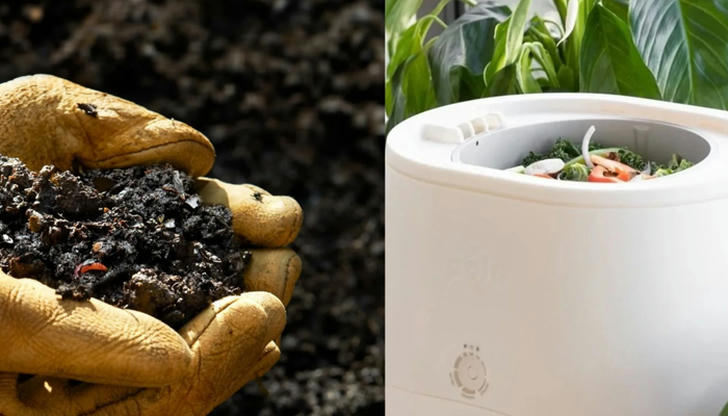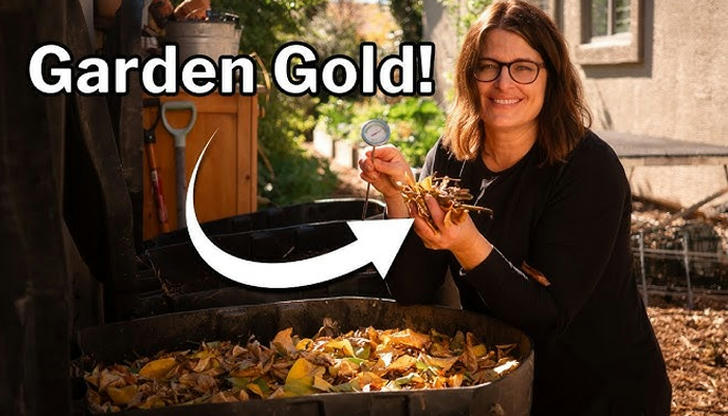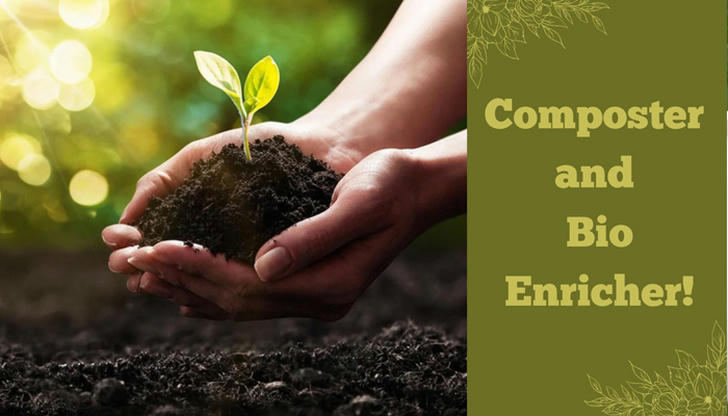Composting 101: Turning Kitchen Scraps into Garden Gold
In a world increasingly concerned with sustainability, composting has emerged as a simple yet powerful solution to reduce household waste and enrich garden soil. Every banana peel, coffee ground, or wilted lettuce leaf that ends up in a landfill represents a missed opportunity—because these scraps can become "garden gold."

This guide will walk you through the basics of composting, from understanding the science behind it to setting up your own system and troubleshooting common problems. Whether you live in a spacious suburban backyard or a small city apartment, composting is within reach.
What is Composting?
Composting is the natural process of breaking down organic materials—such as food scraps, yard trimmings, and paper—into a rich, dark soil amendment known as compost. This process mimics what happens in nature: fallen leaves, dead plants, and animal waste decompose over time, enriching the soil with nutrients and improving its structure.
When done properly, composting transforms waste into a valuable resource, promoting a healthier planet and healthier plants.
Why Compost?
1. Reduces Landfill Waste
Over 30% of household waste in many countries consists of organic material that could be composted. Sending these materials to a landfill not only wastes space but also generates methane, a potent greenhouse gas.
2. Improves Soil Health
Compost improves soil structure, water retention, and nutrient content. It supports beneficial microbes and worms that help plants grow stronger and healthier.
3. Reduces Chemical Fertilizer Use
Compost provides a natural, slow-release source of nutrients, reducing the need for synthetic fertilizers that can pollute water sources.
4. Saves Money
Why pay for fertilizer or soil conditioners when you can make your own using what you’d otherwise throw away?
The Science of Composting
Effective composting depends on balancing four key ingredients:
| Component | Example Materials | Purpose |
|---|---|---|
| Browns (Carbon) | Dry leaves, cardboard, paper, straw | Provide energy for microbes and structure |
| Greens (Nitrogen) | Fruit peels, coffee grounds, grass clippings | Fuel microbial growth and decomposition |
| Water | Moisture from scraps or added water | Needed for microbial activity |
| Air (Oxygen) | Aeration via turning or structure | Prevents anaerobic odors and speeds breakdown |
The ideal carbon-to-nitrogen (C:N) ratio is about 30:1. Too much green leads to a smelly, slimy pile; too much brown slows decomposition.
What You Can (and Can't) Compost
✅ Compostable Materials
Greens:
- Vegetable scraps
- Fruit peels
- Coffee grounds and filters
- Tea bags (check for plastic!)
- Eggshells
- Fresh grass clippings
Browns:
- Dry leaves
- Shredded newspaper
- Paper towels and napkins (unbleached)
- Cardboard (non-glossy)
- Sawdust (untreated wood)
- Corn stalks
❌ Items to Avoid
- Meat, bones, and dairy (attract pests and smell)
- Oily or greasy foods
- Pet waste (can contain harmful pathogens)
- Diseased plants
- Plastic, glass, metal
- Synthetic chemicals or treated wood
Types of Composting Systems
Whether you have a backyard or just a small balcony, there’s a composting method for everyone.
1. Backyard Compost Pile or Bin
- Best for: Homes with yard space
- Simple pile or enclosed bins
- Can handle yard waste and food scraps
- Turn weekly for aeration
2. Tumbler Compost Bins
- Enclosed, rod-mounted bins that rotate
- Speed up decomposition
- Pest-resistant
- Ideal for beginners
3. Vermicomposting (Worm Bins)
- Uses red wigglers (Eisenia fetida) to eat food scraps
- Great for indoor use or small spaces
- Produces high-quality “worm castings”
- Requires careful moisture and food balance
4. Bokashi System
- Anaerobic fermentation of food scraps
- Uses bran inoculated with beneficial microbes
- Can handle meat and dairy (unlike regular composting)
- Requires a second stage (burying or mixing with soil)
5. Electric Composters
- Compact kitchen appliances that dry and grind food scraps
- Fast and odor-free
- Expensive, but convenient

How to Start a Compost Pile (Step-by-Step)
Choose Your Location
- Pick a well-drained area with partial sunlight.
- Keep it accessible year-round.
Set Up Your Bin
- Use a store-bought bin, build one from pallets, or create a simple pile.
Add Browns and Greens
- Start with a layer of browns, then alternate with greens.
- Maintain a 2:1 brown-to-green ratio by volume.
Moisture Check
- The pile should feel like a wrung-out sponge—moist but not soggy.
- Add water if dry; add dry browns if too wet.
Turn Regularly
- Every 7–14 days, use a pitchfork or compost aerator.
- This introduces oxygen and speeds decomposition.
Wait and Observe
- You’ll notice heat buildup (a good sign).
- Compost is ready when it’s dark, crumbly, and smells earthy.
Tips for Successful Composting
- Chop or shred large items to speed up decomposition.
- Avoid “compost clumps”—mix materials well to distribute moisture and nutrients.
- Watch your balance: foul smells = too much green; dry, slow pile = too much brown.
- Keep a countertop pail for daily kitchen scraps, and empty it regularly.
Common Composting Problems & Fixes
| Problem | Cause | Solution |
|---|---|---|
| Bad odor | Too many greens, poor aeration | Add browns, turn pile |
| Dry and slow | Not enough moisture | Add water or juicy greens |
| Attracting pests | Wrong materials (meat, dairy) | Remove offenders, secure bin |
| Pile not heating up | Too small, poor balance | Add more greens, turn, increase volume |
Harvesting and Using Compost
Depending on conditions, compost can be ready in 2–6 months.
Signs It’s Ready:
- Dark brown color
- Crumbly texture
- Earthy smell
- No recognizable food scraps
How to Use It:
- Topdress garden beds or houseplants
- Mix into potting soil
- Amend vegetable gardens
- Create compost tea (steep compost in water for liquid fertilizer)
Compost is not a replacement for soil—it's an amendment. Mix it into existing soil for the best results.
Composting in Small Spaces
If you live in an apartment, you still have options:
- Worm bins under the sink or in a closet
- Bokashi buckets for indoor fermentation
- Community compost drop-offs
- Balcony composters or mini tumblers
Check if your city offers municipal compost pickup—many do!

Environmental Benefits of Composting
- Reduces methane emissions from landfills
- Lowers your carbon footprint
- Conserves water (compost-rich soil retains moisture)
- Rebuilds soil health and supports biodiversity
Each banana peel you compost is a small climate action.
Final Thoughts
Composting is one of the easiest and most impactful ways to contribute to environmental sustainability from home. It turns what we often consider "waste" into a valuable resource that nurtures the soil and reduces our dependence on chemical fertilizers and landfills.
Whether you're gardening in a big backyard or composting in a city kitchen, the transformation of scraps into “garden gold” is a deeply satisfying and meaningful practice.
